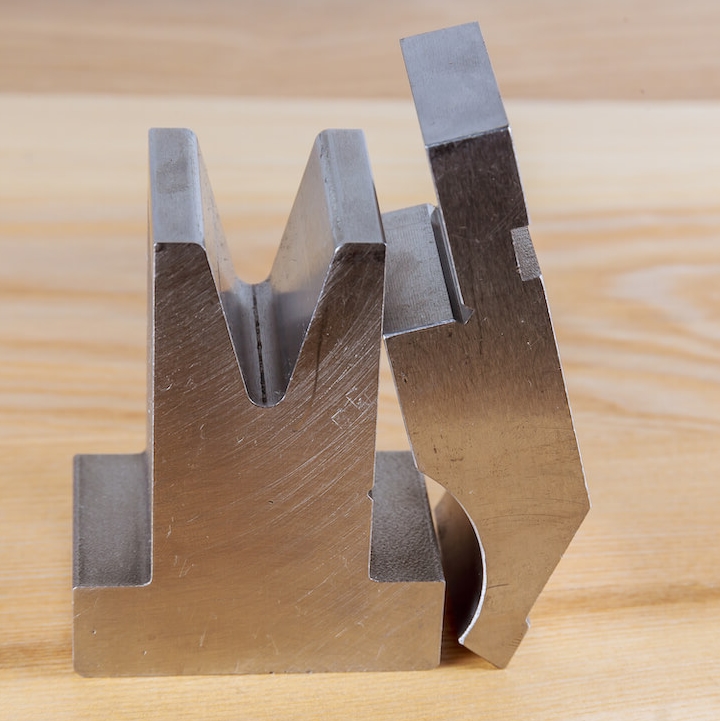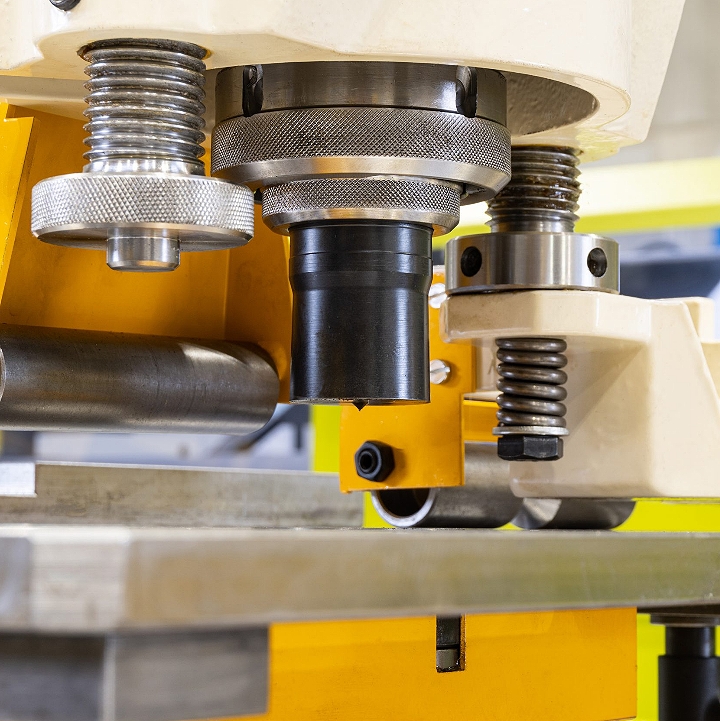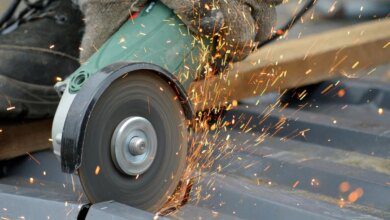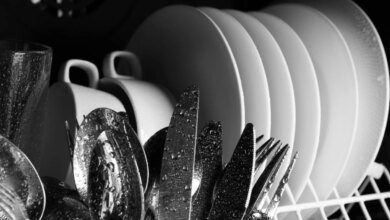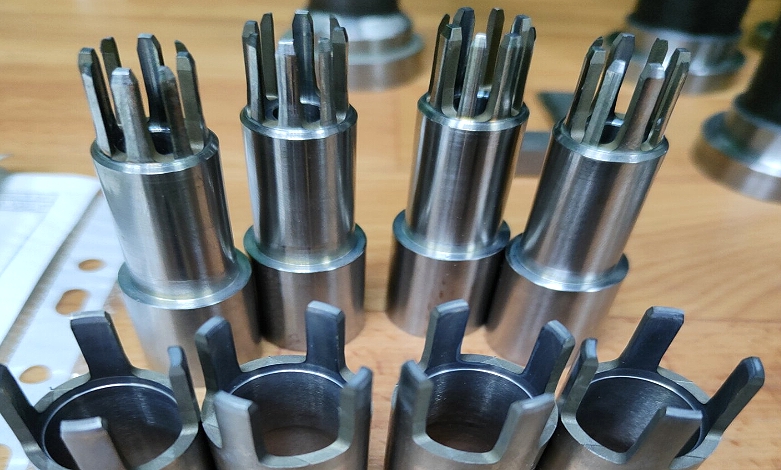
Punches and dies - scope and production requirements
Punches and dies are key components of injection molds for the production of plastic and metal products using injection molding and partial compression molding. Their high precision and workmanship are critical to ensure repeatability of the process and the required quality of the finished product.
The content of the article
What are punches and dies?
Punches are carbide rods, at the end of which the forming surface of the negative profile of the future product is etched. In turn, matrices are cavities in the injection mold that interface with the punch and form the reverse side of the product.
Critical parameters of punches and dies are the dimensional accuracy of the negative profile, the quality of the machined surface and the strength of the material to withstand high loads during casting. Typical materials are tool steels and hard alloys.
In the industrial production of both punches and dies, not only turning operations are used, but also milling, as well as electrical discharge and laser processing. Often the final finishing of the forming surfaces is carried out by grinding and polishing, which makes the final product and its functionality impeccable.
The accuracy of the manufacturing and finishing process of punches and dies, in turn, directly determines the dimensional and geometric accuracy of the finished products, and the quality of the machined surface affects the quality of their surface.
Where are punches and dies used?
Punches and dies are widely used in completely different industrial areas. They are simply necessary for the manufacture of various products using injection molding, stamping, drawing and other operations of volumetric shaping of materials.
Application area:
- Plastic molding. Punches and dies are essential elements of injection molds for the manufacture of plastic products using injection molding. They form the internal and external geometry of the cast parts.
- Metal stamping. In sheet metal stamping, punches are used for punching holes, reliefs, and drawing sheet metal. The matrices form cavities to obtain the required profile of the part.
- Molding of rubber and composites. When pressing and casting rubber and thermosets, punches and dies form the internal and external geometry of products.
- Minting of coins and medals. A punch with a relief pattern extrudes the image on the surface, and the matrix forms the reverse side.
High precision manufacturing of punches and dies ensures the required surface quality and geometric parameters of products, and the necessary strength of materials allows them to withstand extreme loads during processing
What is the process of producing dies and punches?
Anyone who has encountered the production of punches and dies for injection molds in their line of work will confirm that it is a particularly complex process that requires high precision and adherence to the technological process.
Technical details of the process
The process itself production of dies and punches As a rule, it begins with creating a 3D model of the part in a CAD system, taking into account all the requirements for geometry and accuracy, and only then this model is converted into a control program for CNC machines.
Processing of punches and dies is carried out using high-precision milling machines, as well as electrical erosion and the latest CNC lathes. To obtain the required shape, size and surface quality, various cutting strategies, tools and processing modes are used.
During the production process, it is necessary to take into account what exactly material selection is the deciding factor. Along with tool steels, high-speed steels, hard alloys, copper, graphite and other materials are common, depending on the requirements for durability and wear resistance. It is clear that without accuracy and scrupulousness and adherence to the technological process, it will not be possible to get something useful as a result. However, if low-quality or simply unsuitable material is used in the process, the final result will be similar.
After mechanical processing, comprehensive quality control is necessarily carried out using special measuring equipment, optical and, in many cases, laser scanners. Particular attention is of course paid to dimensional accuracy, geometry, roughness and the possible presence of any surface defects.
As is already clear, the final stage of the production process is the finishing and polishing of the forming surfaces of the punches and dies to achieve the specified cleanliness and surface quality of the products.
It is this approach to the production process that ensures the quality of the final product and makes it possible to reuse it without visible loss of the original parameters and properties.

